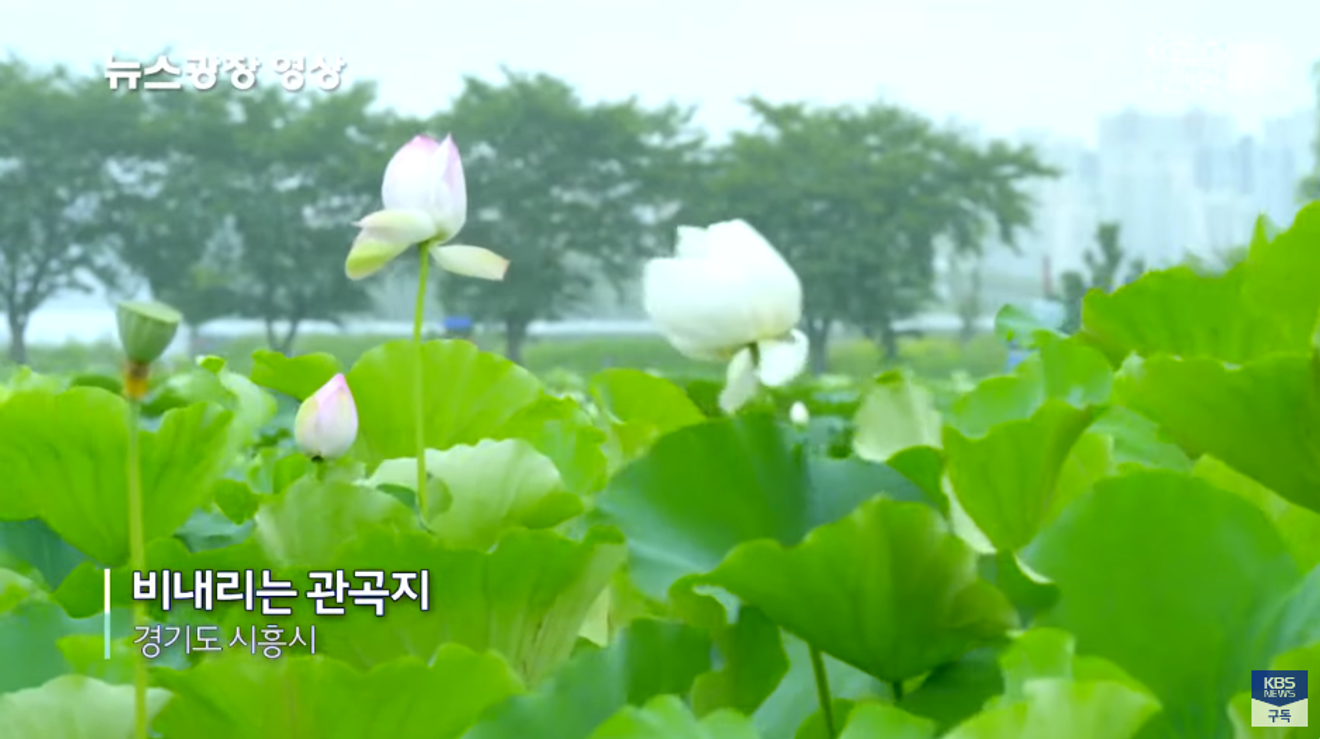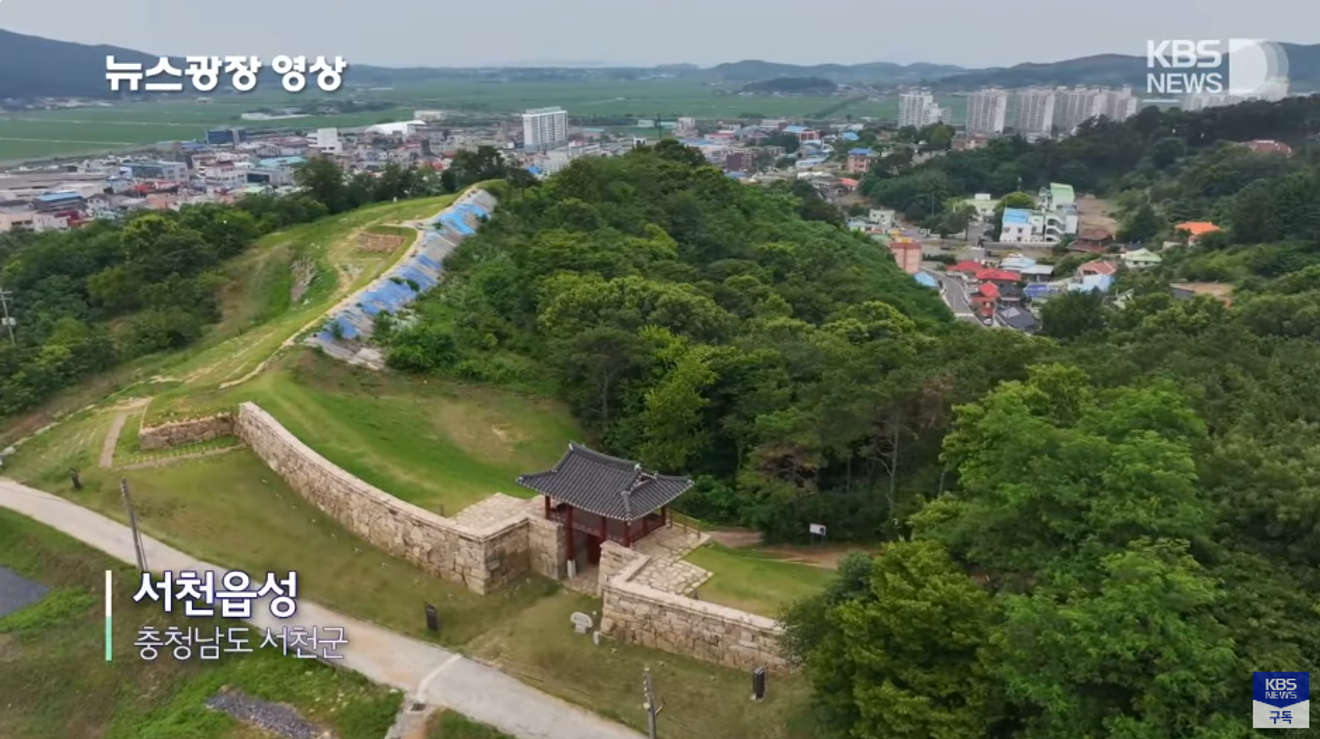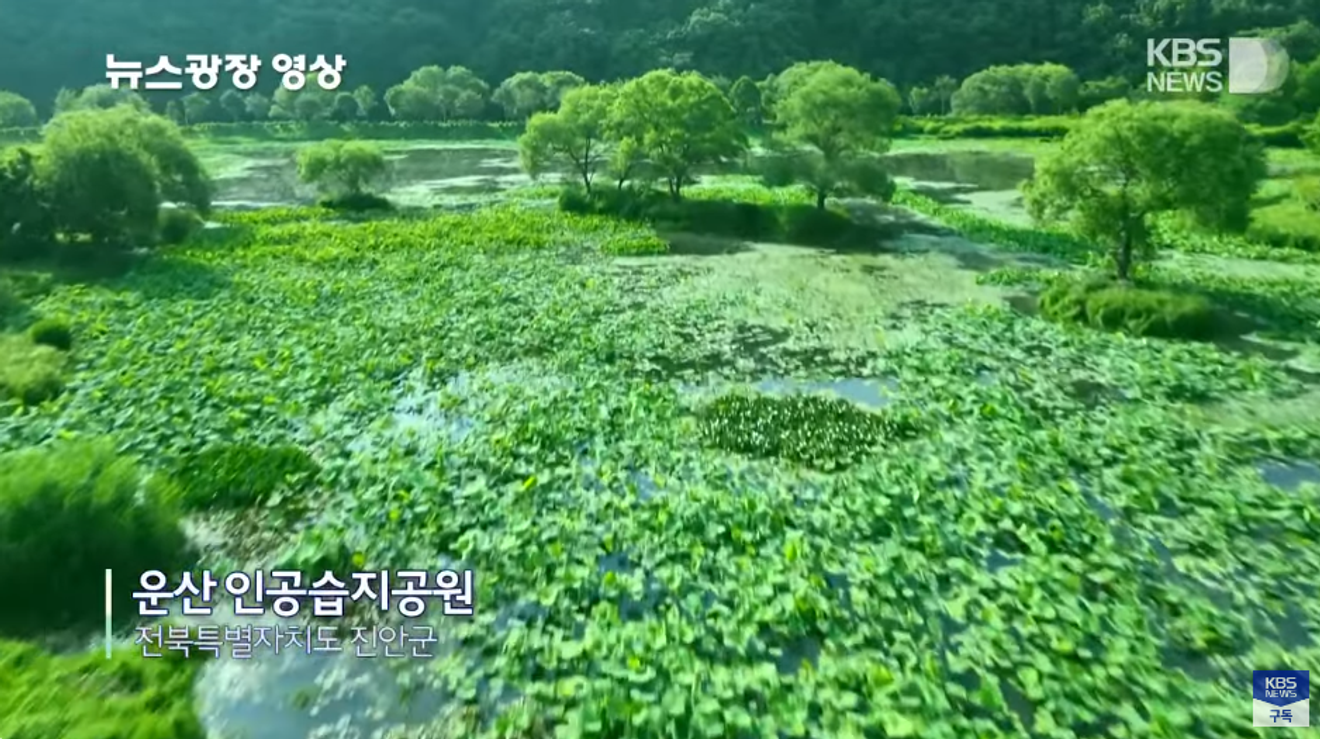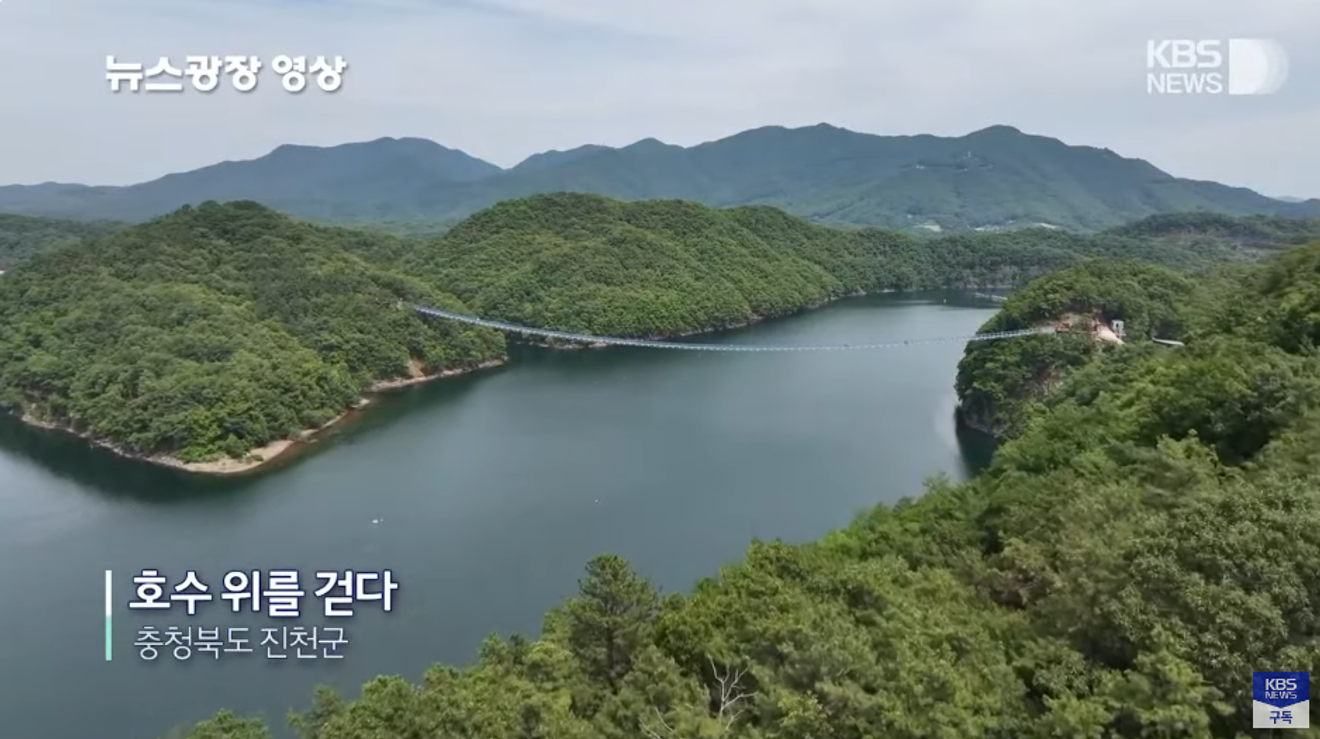Subject
- #News Plaza
- #Video
- #K-content
- #July
- #Domestic Travel
Created: 2024-07-19
Created: 2024-07-19 14:24
I usually turn on the news while getting ready for work every morning.
Right before the weather forecast at the end of the news, a short video of about 20 secondsis shown.
I remember being mesmerized by a 'Jeju Island canola flower video' and impulsively booking a same-day roundtrip ticket to Jeju Island. 😆
While there are many programs that introduce various parts of Korea, I think many people may not know about this particular corner of the news, so
I wanted to introduce it to you.

Source: KBS
It was designated as a Siheung-si local historical site on March 3, 1986. The pond measures 23m wide and 18.5m long.
When Gang Hui-maeng, a Joseon Dynasty scholar and agriculturalist, brought back lotus seeds from Ming China and planted them here, and they spread widely,
this area came to be called 'Yeonseong' (蓮城).
The lotus flowers that bloom here are white lotuses, characterized by their white color and pointed petals.
The pond has been owned and managed by the descendants of Kwon Man-hyeong, Gang Hui-maeng's son-in-law.
Recently, a lotus farm spanning about 30,000 pyeong has been established near Gwangockji, attracting numerous tourists.
(Source: Doopedia)
To honor the symbolic and historical significance of Gwangockji, a lotus-themed park has been created on a 19.3-hectare rice paddy field around Gwangockji,
and it's now in operation. Walking paths and bicycle lanes have been built around the cultivation area, making it a popular spot for citizens to enjoy.
The lotus flowers start blooming in mid-July, reaching their peak in mid-to-late August, and can be enjoyed until mid-to-late September.
(Source: Korea Tourism Organization)

Source: KBS
It is a Joseon Dynasty fortress located in Seocheon-eup, Seocheon-gun, Chungcheongnam-do.
It was designated as Chungcheongnam-do Cultural Heritage Material No. 132 on May 17, 1984.
An eupseong is a fortress that protects the residents of a county or district and serves both military and administrative functions.
The Seocheon Eupseong, built of earth, is a fortress that encircles an entire town and has gates at various points to connect with the outside.
Legend has it that 100 women and a single strongman made a bet to see who could build the fortress and the Hongyeo Bridge, respectively.
As the women finished building the fortress and let out joyful cheers, the strongman quickly placed the final stone, resulting in a tie.
The fortress wall is 1,068m long and 3m high. Currently, only a portion of the east gate remains,
and records indicate that the current fortress was built in the 27th year of King Yeongjo's reign (1751).
Although the exact construction date is unknown, it is presumed that it was built in the early Joseon Dynasty to protect the common people from Wokou pirates invading the west coast.
It is estimated to have been built in the early Joseon Dynasty.
(Source: National Heritage Administration)
Restoration work is currently underway.

Source: KBS
It is a natural park located about 2km northeast of Jinan County Office.
The park is built on a 57,000㎡ site along the Jinancheon River, which flows through Jinan-eup and into Yongdam Lake.
It opened on June 3, 2020, and various aquatic plants, including irises, reeds, irises, and Eulalia, which are used for water purification, are planted.
(Source: Doopedia)

Source: KBS
The name combines 'Mir,' meaning dragon, and '309,' representing the total length of 309 meters.
Designed to accommodate 1,650 people simultaneously, it opened in April 2024 as the longest suspension bridge in the country.
Before reaching the suspension bridge, you need to cross Jincheon Nongdari (Stone Bridge)first.
It was built by Im Jang-gun, a powerful official in the early Goryeo Dynasty, and is the oldest stone bridge in the country.

Source: KBS
It is a local tangible cultural property with a length of 93.6m, a width of 3.6m, and bridge piers of about 1.2m.
Despite not being coated with lime or other materials, it remains sturdy, and its original form has been preserved despite heavy rains.
With the addition of a pavilion, walking paths, and a waterfront deck connected to Chopyeong Reservoir, it has become a new tourist attraction,
and its mystical bridge shape and surrounding scenery have made it a popular filming location for dramas.
(Source: Korea Tourism Organization)
You can reach the Mir 309 Suspension Bridge by walking along the trekking course after crossing Jincheon Nongdari.
Operating Hours (Summer/March-October) 9:00 AM - 6:00 PM / (Winter/November-February) 9:00 AM - 5:00 PM
※ However, access may be restricted depending on weather conditions.
Admission Deadline: 30 minutes before closing.
If crowded, it is recommended to use the nearby Yellow Earth Barefoot Forest Path before using the bridge.
Usage Course (Based on Parking Lot 1)
Nongdari ~ Suspension Bridge: Round trip 3km, 40 minutes
Nongdari ~ Suspension Bridge ~ Sky Bridge: Round trip 4.5km, 1 hour 30 minutes to 2 hours
※ Connected to the existing Sky Bridge and walking path.

Source: KBS
It is the first site in Korea where intact dinosaur fossils were found, and it was designated as a Natural Monumenton March 21, 2000.
It is a place of historical and academic value, where not only dinosaur egg fossils but also dinosaur fossils with completely preserved skeletons have been found in Korea.
It is a place of historical and academic value.
The fossil site was an island before the construction of Sihwa Lake, and about 30 nests, each about 1m in size, were discovered by the Korea Ocean Research & Development Institute and a joint research team on April 25, 1999, during a basic survey related to the land reclamation of the Sihwa Lake tidal flats.
Based on this, it was estimated that the Sihwa Lake area was a dinosaur nesting ground during the Cretaceous period of the Mesozoic Era, about 100 million years ago.
Inside the Dinosaur Egg Fossil Site Visitors Center, there is a model of the dinosaur bone fossil of <Koreaceratops hwaseongensis>, the first dinosaur discovered in Korea.
This fossil was discovered by a Hwaseong City Hall official who was preparing for a yacht competition at Jeonghang Port.
It was a new type of dinosaur that had never been found anywhere else in the world, and it was named <Koreaceratops hwaseongensis>.
Across from the Visitors Center, a trail unfolds, and a wooden deck path is installed for about 3km from the entrance to the dinosaur egg fossils, allowing for easy exploration.
The endless grassland has earned the nickname 'Korean Serengeti' because it resembles the Serengeti of Africa.
The nameless island at the end of the trail has been given a new name through the development of a walking path.
You can also find evidence of faults and dinosaur eggs here.
You can also find spectacle-shaped dinosaur eggs here, which were the first dinosaur egg fossils discovered at the fossil site.
In addition to this area, dinosaur egg fossils have been found in other parts of Korea, such as the Seonso coast in Deokryang-myeon, Boseong-gun, Jeollanam-do.
It not only allowed Korea's paleontological community to begin full-fledged dinosaur research at a higher level, but also
provided an opportunity to introduce the Korean Peninsula as a world-class dinosaur fossil site to the world.
(Source: Korea Tourism Organization, Doopedia)
Comments0